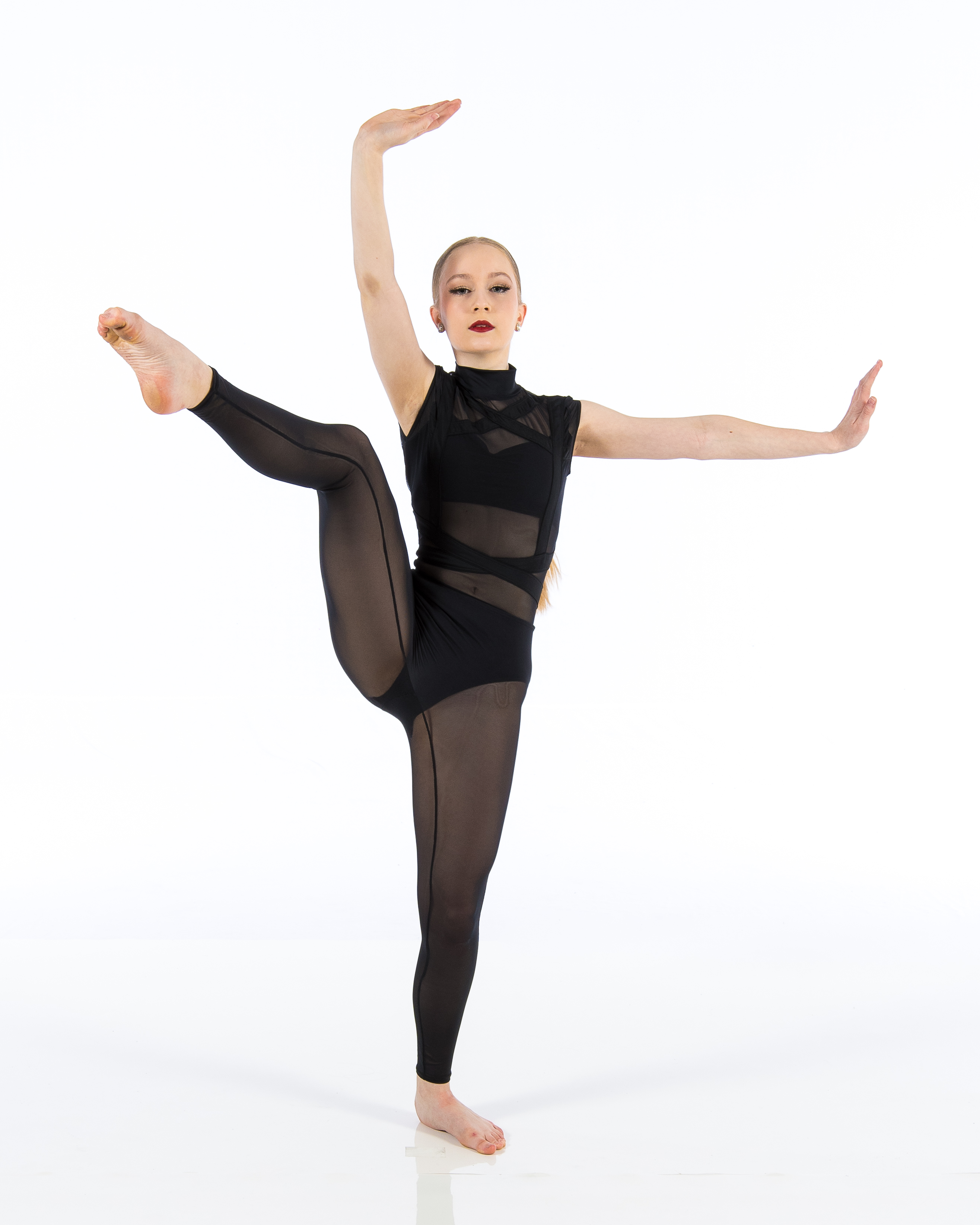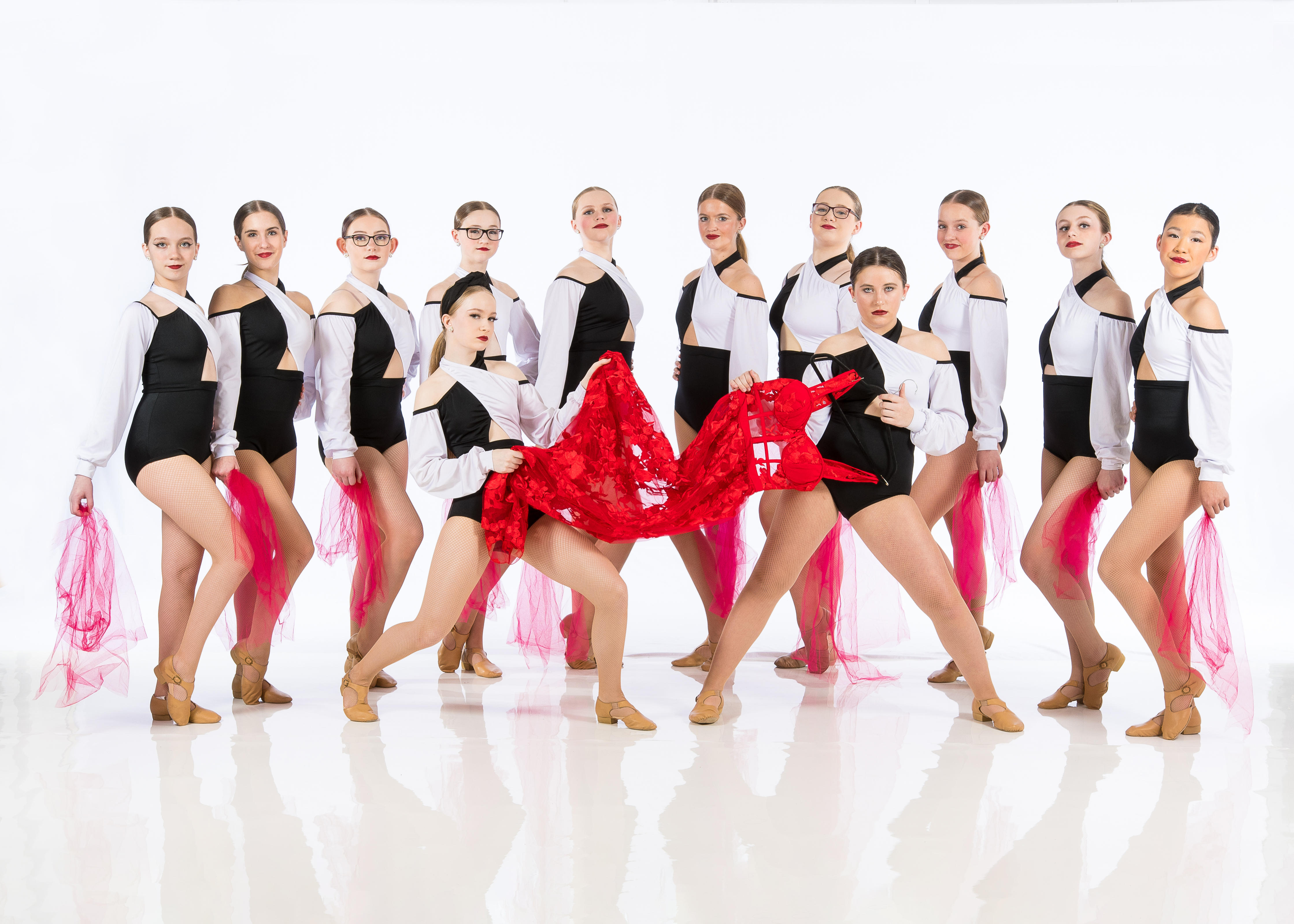Introduction
Dance is more than just a series of movements; it’s a universal language that transcends boundaries and fosters connections. Whether you’re a seasoned dancer or someone who has never set foot in a dance studio, the allure of rhythm and expression is undeniable. In this article, we will explore the intricate web of community woven through choreography and how dance studios serve as vital hubs for connection, creativity, and personal development.
Through this exploration, we’ll uncover the various roles that dance studios play—from offering classes that cater to all skill levels to fostering friendships and creating platforms for self-expression. Join us on this vibrant journey as we delve into the world of dance!
Dance Studio: A Hub for Creativity
What Defines a Dance Studio?
A dance studio is typically an establishment designed specifically for teaching and practicing dance. They can range from small community spaces to expansive facilities featuring state-of-the-art equipment. But what truly defines a dance studio isn’t just its physical space; it's the community of people who come together to create art.
The Importance of Space in Dance
The physical environment plays an essential role in the learning process. Ideally, a well-equipped dance studio should have:
- Mirrors: To help dancers correct their posture and movements. Barres: For ballet classes providing support during practice. Sound Systems: To deliver quality audio for music accompaniment.
These components help create an immersive atmosphere where students can focus solely on their craft.
Community Through Choreography: The Role of Dance Studios
Building Connections with Dance Classes
Dance studios provide individuals with opportunities to connect through shared experiences in dance classes. Whether you’re twirling in ballet slippers or breaking out moves in a hip-hop session, each class allows participants to bond over laughter, challenges, and triumphs.
Creating Lifelong Friendships
Many dancers find their lifelong friends within the walls of a dance studio. Through collaborative choreography projects and group performances, students develop deep bonds that often extend beyond the classroom. This sense of camaraderie fosters not just friendship but also emotional support among peers.
Fostering Inclusivity in Dance Communities
Inclusivity is paramount within many modern dance studios. They offer classes catering to different age groups, abilities, and backgrounds. This open-door policy creates a welcoming environment where everyone feels valued and encouraged to express themselves through movement.
The Benefits of Group Choreography Sessions
Enhancing Teamwork Skills
Participating in group choreography sessions cultivates essential teamwork skills. Dancers must learn to communicate effectively, synchronize their movements, and support one another throughout rehearsals.

Boosting Confidence Through Performance
Performing as part of a group can significantly boost individual confidence levels. When dancers take the stage together, they share both the spotlight and the nerves—an experience that often leads to lasting memories and increased self-esteem.
Dance Class Offerings: Something for Everyone
Variety is Key! Types of Dance Classes Available
Most dance studios offer diverse styles tailored for all ages and skill levels. Some popular options include:
- Ballet Jazz Contemporary Hip-Hop Tap
This variety ensures everyone finds something they love while also encouraging them to step outside their comfort zones!
Specialized Classes for Unique Needs
In addition to traditional styles, many studios provide specialized classes designed to meet unique needs:
- Adaptive Dance Programs for individuals with disabilities Workshops focusing on cultural dances Fitness-oriented classes like Zumba or Dance Cardio
These offerings enhance diversity within the community while promoting inclusiveness.
Community Events at Dance Studios
Showcasing Talent Through Recitals
Recitals are more than just performances; they’re celebrations of hard work! These events allow students to showcase their talents while bringing families together under one roof—a perfect example of community spirit!
Fundraising Initiatives That Make a Difference
Many dance studios engage in fundraising activities supporting local charities or community projects. These initiatives not only foster goodwill but also teach dancers about social responsibility.
The Impact of Social Media on Dance Communities
Connecting Beyond Classrooms
Social media platforms such as Instagram and TikTok allow dancers from various backgrounds to connect globally—sharing techniques, tutorials, or simply inspiration!
Promoting Studio Events Via Digital Platforms
Dance studios leverage social media channels effectively by promoting upcoming events or workshops online—enhancing visibility while attracting new members!
Creating Safe Spaces for Expression in Dance Studios
Mental Health Benefits of Dancing Together
Dance offers numerous mental health benefits—often serving as an emotional outlet for many individuals. In a supportive environment found in most studios, participants feel safe expressing themselves freely without fear of judgment.
Encouraging Body Positivity Through Movement
Many modern dance studios advocate body positivity by celebrating diverse body types within their communities—fostering self-love through movement instead of comparison!
Finding Your Perfect Dance Studio: What to Look For?
Key Considerations When Choosing a Studio
When searching for your ideal dance studio:
Assess Location Convenience Check Class Schedules & Availability Review Instructor Qualifications & ExperienceBy considering these factors carefully, you’ll find an environment https://www.dotyperformance.com/pricing conducive not just for learning but also for personal growth!
FAQ Section
1. What age can children start attending dance classes?
Children can start attending dance classes as early as 3 years old! Many studios offer introductory classes tailored specifically for toddlers.
2. How often should I attend dance classes?

3. Are there performance opportunities available?
Yes! Most dance studios organize showcases or recitals allowing students an opportunity to perform what they've learned throughout the year!
4. Is prior experience required before joining advanced-level classes?
Yes! Advanced-level classes generally require some previous experience; however, beginners are encouraged first before progressing further along their journey!
5. What should I wear for my first class?
Wear comfortable clothes allowing freedom during movement! Specific attire may vary based on style (e.g., ballet requires leotards), so check with your instructor beforehand!
6. Can adults benefit from taking up dancing later in life?
Absolutely! Dancing at any age promotes physical fitness while enhancing mental well-being—don’t hesitate diving into this world regardless when starting your journey!
Conclusion
In conclusion, “Community Through Choreography: The Role of Dance Studios” encapsulates Dance information how these creative spaces contribute significantly towards fostering connection among individuals from diverse walks-of-life—all united by passion expressed through movement! From building friendships within classrooms filled laughter echoes resonating joyfully throughout our lives; let’s embrace what makes us unique while celebrating communal bonds forged via rhythm - because after all—it’s never too late (or early!) join this vibrant tapestry called DANCE!